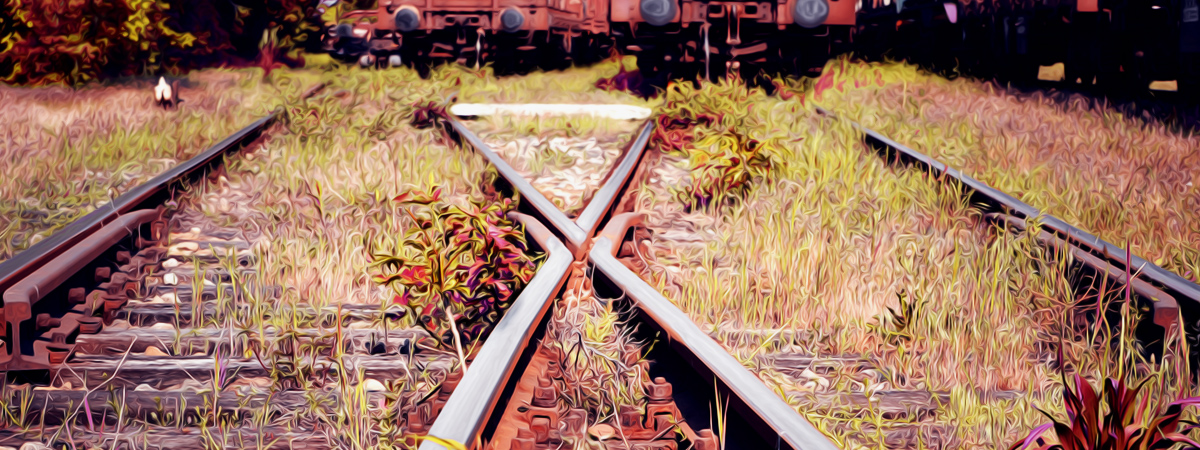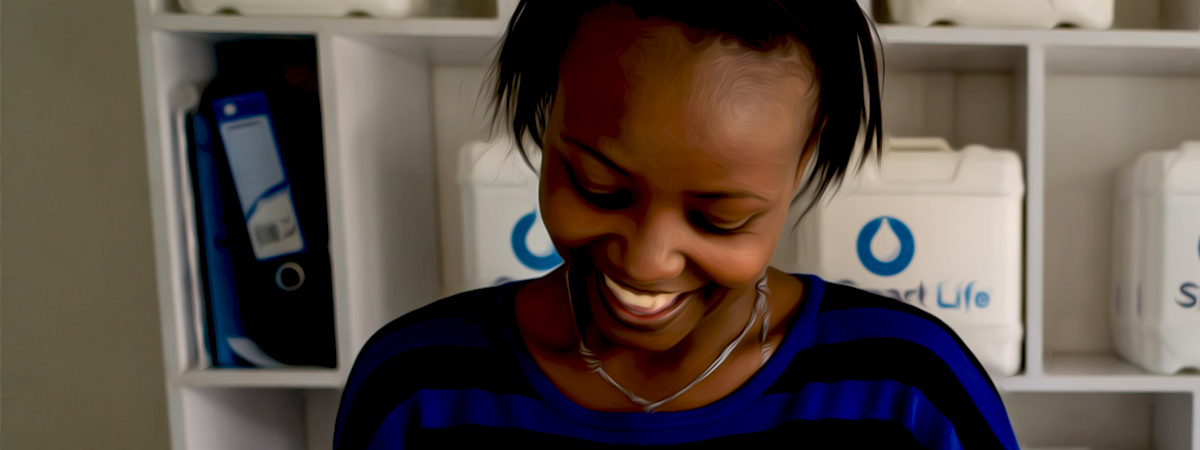I wasn’t looking for this job. My friend and mentor, Rainer Arnhold, died while we were working together in the mountains of Bolivia. His family, bankers for generations, wanted to establish a foundation to carry on Rainer’s life’s work, and they invited me to be part of it.
I was an ER doctor. I didn’t know anything about philanthropy, the foundation world, or how international aid works. I did know something of science and health, and had a working knowledge of places where people are poor, and my job gave me time to travel. And so I traveled like crazy, visiting a lot of projects and organizations in a lot of sweaty places, trying to figure out what works—or what that even means.
Inputs, outputs, activities, effort, money—nothing matters if you don’t create real impact Tweet This Quote
In those early years, I’d go to philanthropy and development conferences, and it seemed as though there was some secret code—a code that, once broken, would allow even a rookie like me to embark on a glorious voyage of change. As an outsider, I was a little intimidated but figured that I needed to pay my dues.
After a lot of time in the field, I realized that there was no secret code. There were savvy people who could tell you what didn’t work, but only a few seemed to know what did. It was disappointing, but liberating. At least I wouldn’t have to go to all those conferences.
Instead, I learned by doing—finding great mentors, making some painful mistakes, sucking the lessons from successes, and generally paying attention. And for better or worse, what we do now at Mulago came in response to what seemed to be missing in the sector. Here are the big things that were in short supply:
Impact
Yes, impact. Inputs, outputs, activities, effort, money—nothing matters if you don’t create real impact, but in those early days, few seemed to be paying much attention to it. The doers weren’t measuring it, and the donors weren’t asking for it. Too often there didn’t seem to be much of it.
We don’t fund anyone who doesn’t measure impact in a meaningful way, and we never will. Tweet This Quote
A single-minded focus on impact changed everything for us. It helped make sense of complicated projects and chaotic institutions. It drove the development of a lean, systematic approach to evaluation. Mulago was transformed from a traditional foundation into something that more closely resembled a venture capital firm—but a firm that sought impact in place of profit and measured its return on investment as the cost per unit of impact. That shift resonated with the bankers on our board and allowed us to work that much more closely together. We don’t fund anyone who doesn’t measure impact in a meaningful way, and we never will.
Design
By and large, the work of organizations didn’t seem designed. The norm was a loose collection of accumulated activities driven by a hazy central theme, with a big dose of “it seemed like a good idea at the time.” I thought there was a cool opportunity to develop a new approach to design for impact, and in 2005 we launched the Rainer Arnhold Fellows program to refine and deliver an iterative design process. In short, we now design by identifying exactly the impact an organization wants to have and figuring out to drive the behaviors needed to make that happen (in fact, we’ve come to view Mulago as a bunch of money trying to change behavior). These days, design-for-scalable-impact occupies at least as much of our time as evaluation and portfolio administration.
A Business-like Approach
I went to a hippy college with a business-is-bad culture, and a medical school where we all believed (not unreasonably) that Big Pharma and corporate healthcare are at the root of all evil. It took a me a long time to understand that business, at its core, is about getting stuff done, and that all organizations need to be run in a business-like way. Once I got it, I realized that I needed a very smart grownup around, so I hired Laura Hattendorf (over the course of a lunch), who has a Stanford MBA, and an impressive track record in both the commercial and social sectors. She transformed the way we run the portfolio and, as working partners, we can focus on business and impact models equally and simultaneously. Our board has been very generous and has built the endowment considerably; I think that Laura did a lot to give them confidence that we—and the organizations we fund—are serious about how we do business.
It took a me a long time to understand that business, at its core, is about getting stuff done, and that all organizations need to be run in a business-like way.
Where we’ve ended up is this: Mulago’s mission is to meet the basic needs of the very poor. We fund organizations that 1) reach that target population, 2) have a solution designed to be scalable, and 3) can deliver it in a business-like way. We give only unrestricted funding, and we continue funding as long as there is good progress toward impact at big scale. There are more than 40 organizations in our current portfolio, and we’ve got a great bunch of co-funding colleagues.
Measuring impact, designing for impact, and applying business methods toward impact: These are not always easy, but they’re almost always doable and eventually make things a lot easier. It doesn’t make sense to sink dough into an organization that doesn’t measure its impact any more than it would to invest in a business that doesn’t measure profit and loss; designing together for impact gives you an understanding of what an organization really does and how the people there think; and the application of business methods and tools drives a whole new level of clarity and efficiency to the delivery of impact.
And here’s the best part: The people who run social sector organizations—the doers—are among the most inspiring and generally coolest people on earth, but when there is an asymmetrical relationship with us—the donors—that is focused on money, our relationships with them can get strained and weird. A mutual obsession with impact can transform doers and donors into genuine, interdependent partners, and the clarity that it brings can—finally—make it possible to be friends.
This post originally appeared on The Stanford Social Innovation Review blog.



